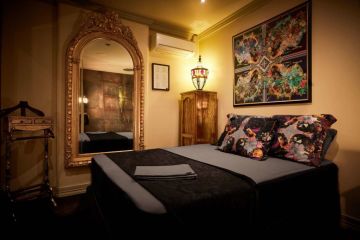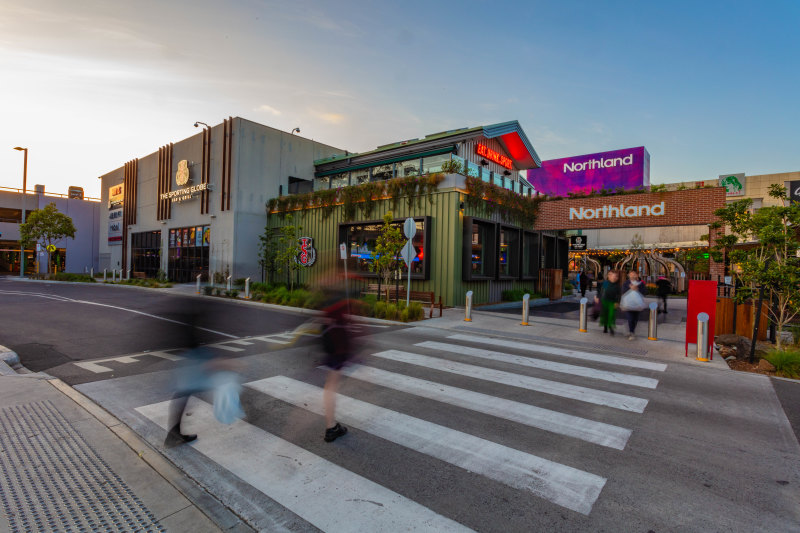'It’s a huge tax advantage': Why wealthy investors love buying The Block apartments
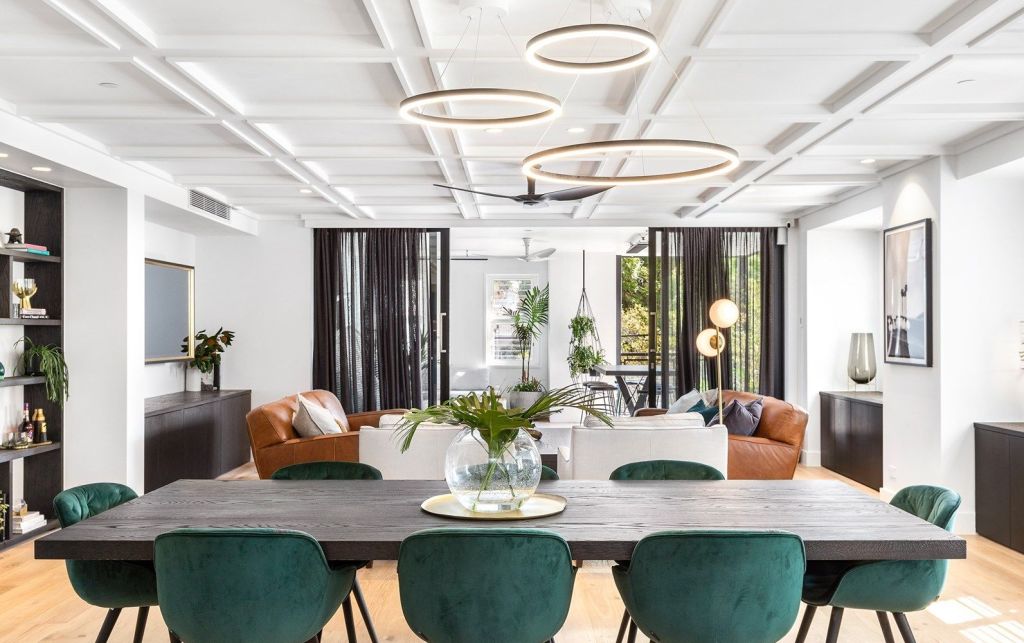
With high-end fitouts and a prime location in one of Melbourne’s most desirable areas, it’s easy to see why living in an apartment from The Block has its appeal.
But each season, investors rather than owner-occupiers are more likely to snap up many of the luxury properties on offer.
Apart from the hype and media coverage surrounding the show, what it is about The Block apartments that proves so popular with investors?
Tax advantages
Many investors are drawn to new properties because of the attractive depreciation schedules available.
Due to their positioning as high-end executive residences, the luxury fitout and inclusions make up a large portion of the value of The Block apartments.
An investor can deduct the decline in value of assets in a property that was used to generate rent, and can deduct the value of capital works over a number of years, reducing their taxable income.
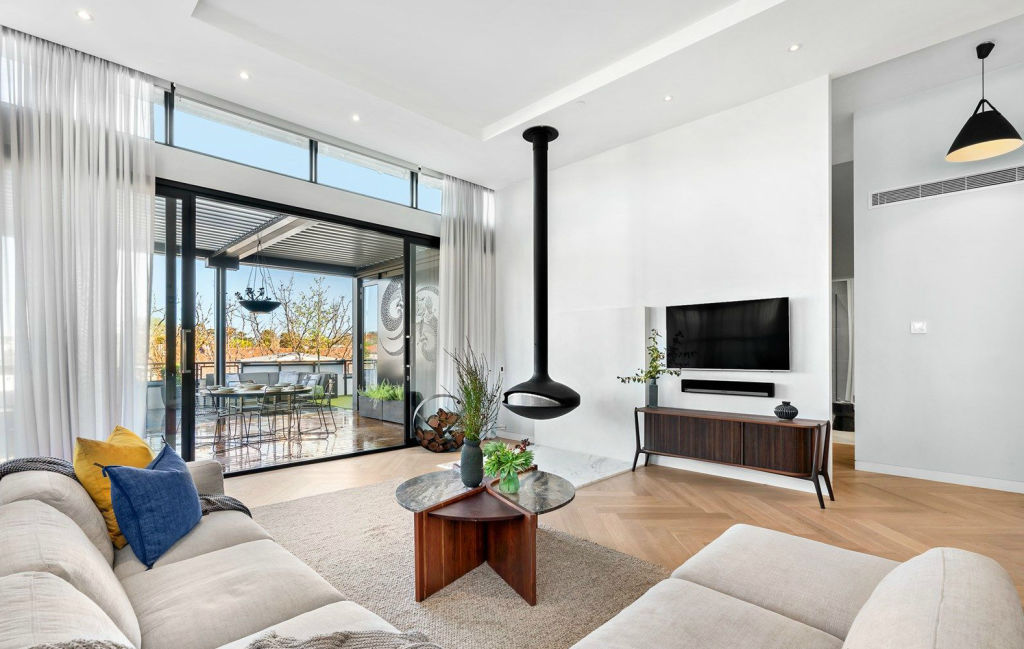
“They come fully furnished so everything you see in there becomes yours,” said buyers’ advocate Greville Pabst from PropertyDuo, who has bought several Block apartments for his clients in the past, and is on the buyers’ jury this year. “You get maximum depreciation on all of the fixtures and fittings and furniture.”
“It’s up to $150,000 in the first year that can be depreciated,” Pabst said. “If you have a high income, that tax depreciation is offsetting your income. It’s a huge tax advantage.”
Changes to depreciation last year mean that investors can now only claim the decline in value on new assets, not second-hand ones. That means new properties, such as The Block apartments, now appear a lot more attractive to investors.
Related: View the five Gatwick apartments for sale
- Kerrie and Spence: 1/34 Fitzroy Street, St Kilda
- Hans and Courtney: 2/34 Fitzroy Street, St Kilda
- Sara and Hayden: 3/34 Fitzroy Street, St Kilda
- Norm and Jess: 4/34 Fitzroy Street, St Kilda
- Bianca and Carla: 5/34 Fitzroy Street, St Kilda
Evolving location
Investors are generally more numbers-driven than owner-occupiers, choosing to purchase properties in locations where land values are most likely to increase in the future.
Locations of past seasons of The Block, including South Yarra, and Elsternwick, have in some cases seen property prices doubled over the past five years.
Situated largely in Melbourne’s inner south and east, these well-positioned suburbs feature an array of lifestyle drawcards, and this year’s location, St Kilda, is no exception.
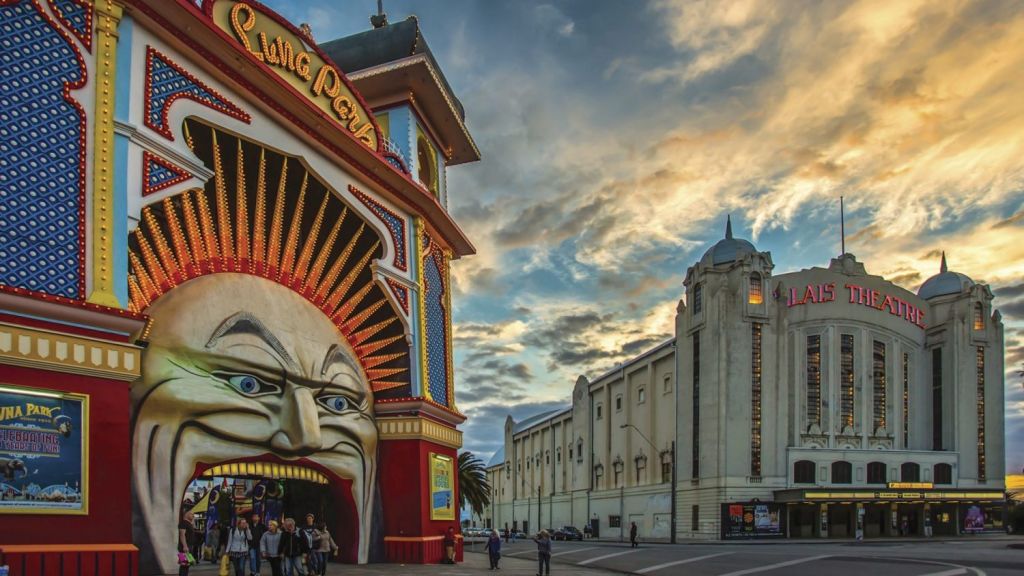
“The regentrificaton and rebirth of Fitzroy Street, and the feeling that it will once again become Melbourne’s beachfront playground has drawn a lot of interest from people wanting to invest,” said the selling agent for Bianca and Carla’s apartment, Michael Paproth of The Agency.
Considering the suburb is on the way up, astute investors would consider St Kilda to be undervalued, according to Pabst: “For a 10-year horizon, I think people that buy something like this are going to do very well.”
Cash-flow potential
Properties on past seasons of The Block that have become rentals generally appeal to high-income earners looking for a move-in-ready property, allowing owners to charge above-market rent.
“The yields are higher in The Block properties simply because of the fact that there’s several hundreds of thousands of dollars worth of furniture included,” Pabst said. “You’re looking at rent in this particular development of between $2000 and $2500 per week.”

Tenants often include wealthy executives from interstate or overseas working in Melbourne on fixed-term contracts, according to Jesse Raeburn, the selling agent for Courtney and Hans’s apartment.
“If it’s a $130,000-per-year rental, it’s not the tenant who pays it, it’s the corporation,” he said.
High rents could create positive cash flows for investors, according to Pabst: “That’s without building in all the tax depreciation of the purchase.”
Size and scarcity
Buyers will be drawn to the most desirable aspects of the apartments, including the luxurious fitout, home automation and heritage features, but it’s the size of the apartments that appeals the most, according to Pabst.
“They’re 260 to 270 square metres,” he said. “It’s very difficult now to buy an apartment of that size.”
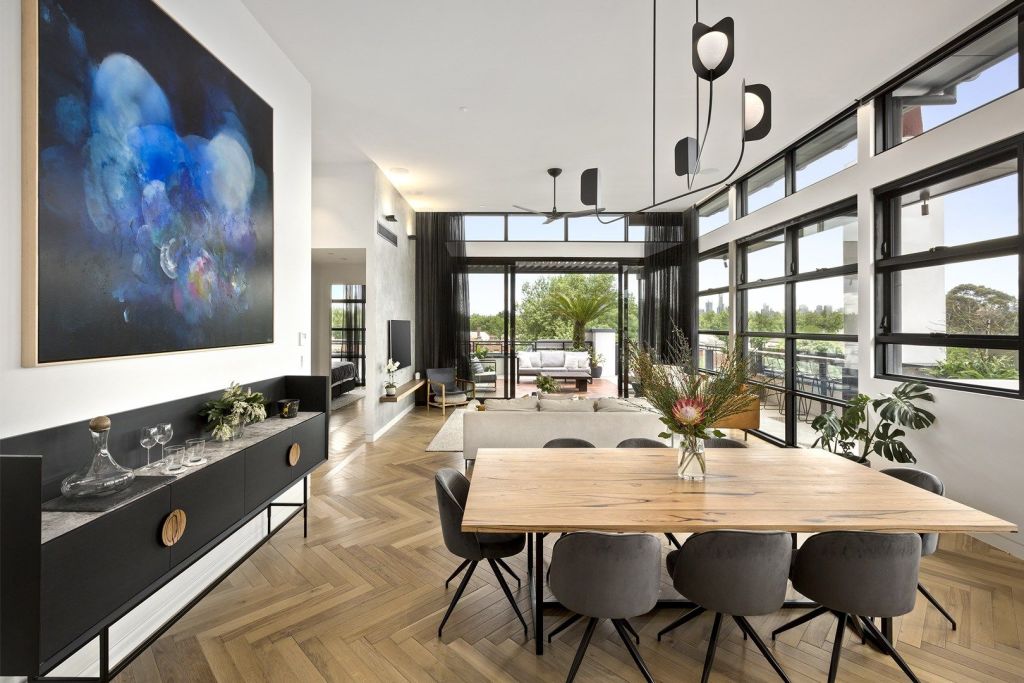
The small number of apartments in the boutique complex means land value makes up a greater portion of each apartment’s value than it would in a larger building. This allows owners to benefit strongly from appreciation in land values.
“The scarcity value drives property performance,” Pabst said. “There’s an innate value in having that low density. Very few other developers would do that.”
A limited supply of properties tick all these boxes for investors. As the area continues to evolve, this will create continual upward pressure on prices, which savvy investors will always want to see.
We recommend
We thought you might like
States
Capital Cities
Capital Cities - Rentals
Popular Areas
Allhomes
More



